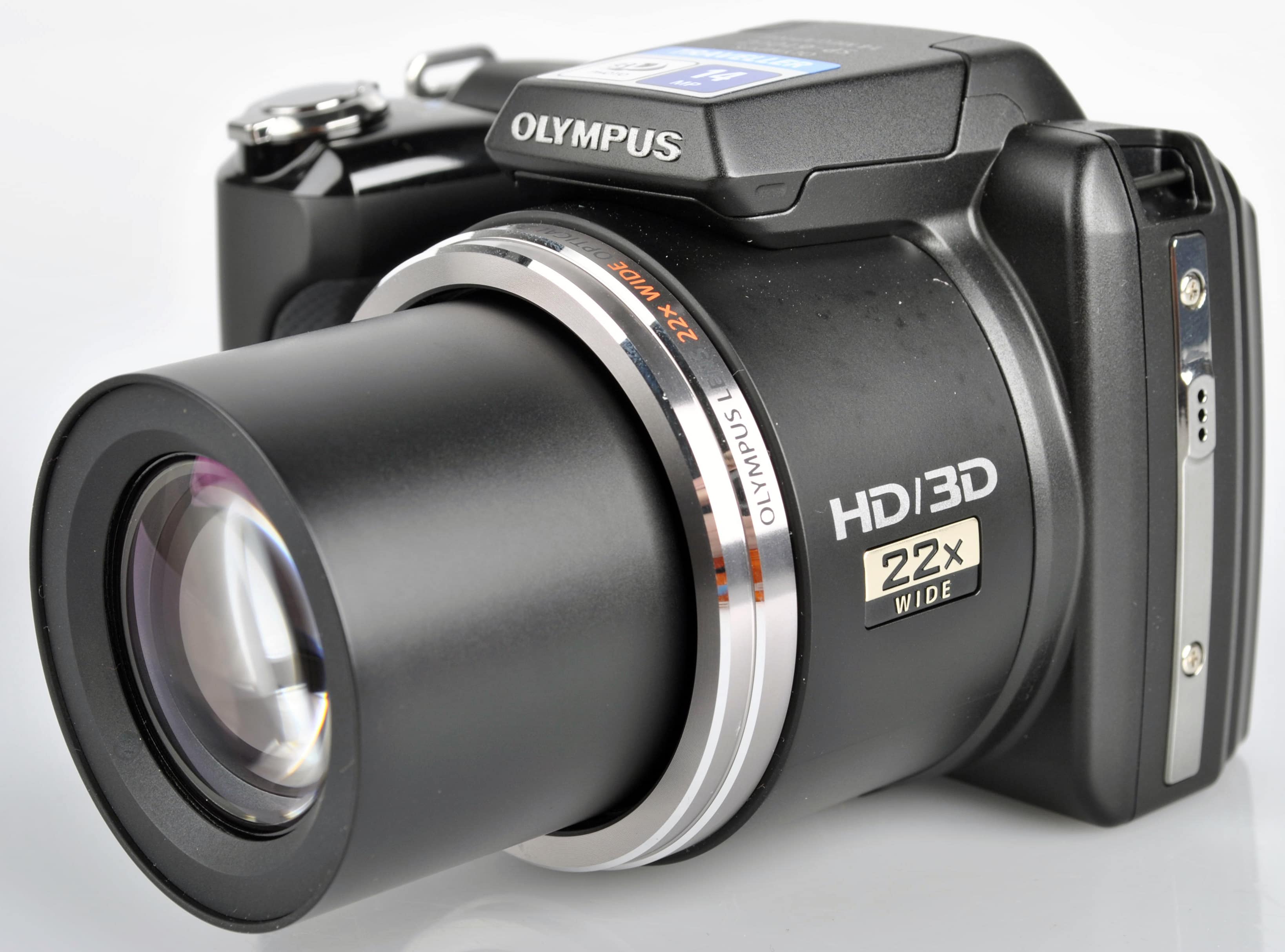Japanese Camera Manufacturers Suffer Losses
Gabriel Roşu / 11 years ago

Panasonic and other Japanese camera manufacturers struggle to keep up with today’s smartphones. Since most people nowadays prefer more portable and mobile devices, and most importantly, everything compacted, it appears that the smartphones and tablets are the best solution. Therefore, giants such as Panasonic and Fujifilm Holdings have been losing money and have suffered a fall of more than 40%, with only 59 million cameras sold.
On the other hand, sales of single-lens reflex (SLR) cameras are flourishing as users prefer connectivity above picture quality. Looking at a mid to long term, the imaging companies need to turn around and rethink their strategy or face the consequences in the future, and they aren’t looking pretty. Panasonic is said to have had a downfall of 0.7 form 3.8% to 3.1% during the course of this year.
“If you look mid-to-long term, digital camera makers are slipping and the market is becoming an oligopoly,” said Credit Suisse imaging analyst Yu Yoshida. “Only those who have a strong brand and are competitive on price will last – and only Canon, Nikon and Sony fulfil that criteria,” he added.
In the meantime, Panasonic, Fujifilm and Olympus are trying to fend off the smartphone threat by cutting compacts, targeting niche markets such as deep-sea diving, and launching the higher-margin mirrorless models. The mirrorless format promised mid-tier makers an area of growth as the dominance of Canon and Nikon all but shut them out of SLRs, where Sony is a distant third. Neither Panasonic nor Fujifilm makes SLRs, and Olympus stopped developing them this year.
“SLRs are heavy and noisy, whereas mirrorless are small and quiet. While some people say SLRs still have better image quality, mirrorless (cameras) have improved to the point where they’re equivalent, if not superior,” said Hiroshi Tanaka, director of Fujifilm’s optical division.
However, Sony still keeps up to date with its two QX lenses released this quarter. These come with their own sensors and processors, and clip onto smartphones through which the user operates them wirelessly. They are pocket-sized and produce photographs of a quality rivaling that of a compact camera. But Sony appears to have connected with consumers as demand soon outstripped production. Some are even using the lenses in a way Sony didn’t intend, like place them at a distance while they press the shutter on their smartphone to take self-portraits, or selfies.
“We had no idea how much the QX would sell initially when we put it out. We didn’t set any targets,” said Shigeki Ishizuka, president of Sony’s digital imaging business. “There are so many consumers that were hungry for Sony to do this,” said Chris Chute, IDC’s digital imaging research director. “They’ve (waited for Sony) to come out with something really innovative, almost like the Walkman (portable music player).”
Thank you Chicago Tribute for providing us with this information



















